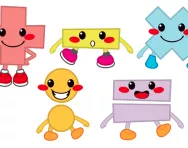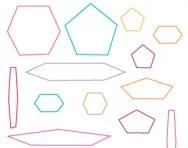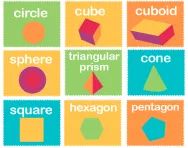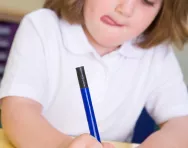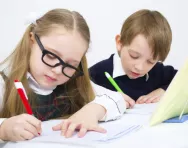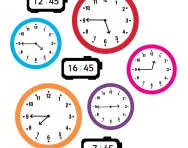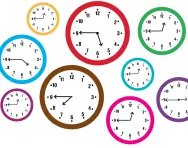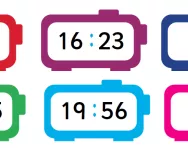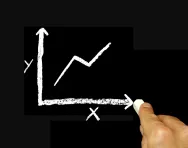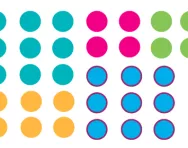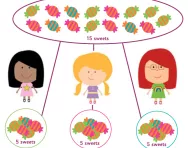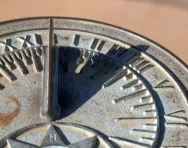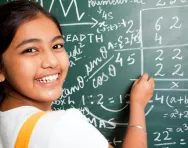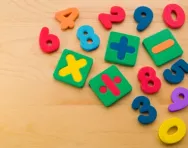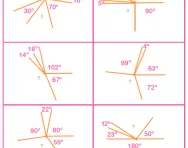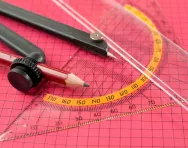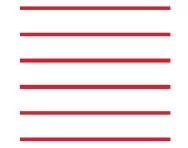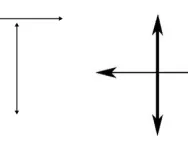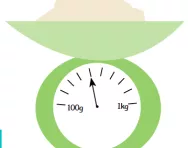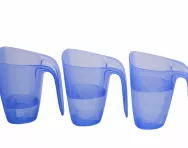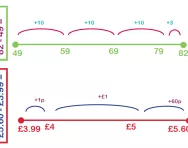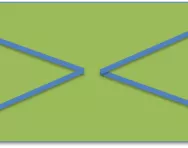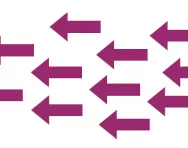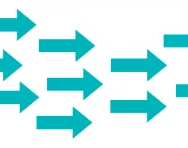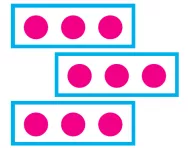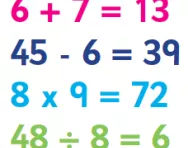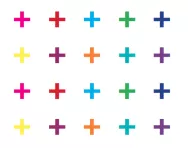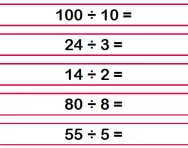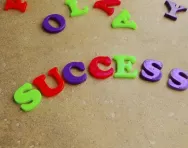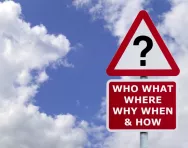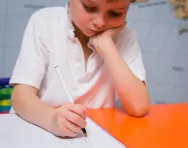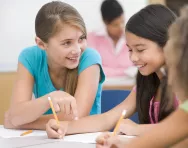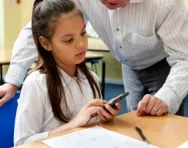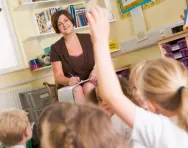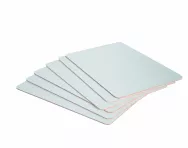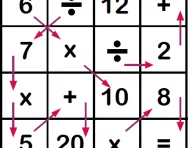What are the four operations?
We explain what the four operations are and how children learn about addition, subtraction, multiplication and division over KS1 and KS2, working towards solving problems involving all four operations.
What are regular and irregular shapes?
We explain what regular and irregular shapes are and suggest mnemonics to help children remember how many sides different shapes have. We also have examples of the types of questions primary-school children might be asked about shapes.
What are the properties of 2D and 3D shapes?
We explain what the properties of 2D and 3D shapes are, what faces, edges and vertices are and how children will describe 2D and 3D shapes in KS1 and KS2.
What are the names of 2D and 3D shapes?
We explain what the different 2D and 3D shapes are, when primary-school children are taught to name them and sort shapes according to their properties and when they learn to identify and draw their own nets of 3D shapes.
What is expanded notation?
We explain what expanded notation means, how it is taught in primary school and how it can help children with addition and multiplication calculations.
What are mathematical investigations?
We explain what types of mathematical investigations children will carry out in primary school and give examples of complex investigations they might be asked to solve in KS2.
What are analogue and digital?
We explain what analogue and digital are and how and when children are taught to read clock faces and convert between analogue and digital times in primary school.
What are time intervals?
We explain what time intervals are and how children are taught to work out time intervals in KS1 and KS2 maths.
What are the 12-hour and 24-hour clock?
We explain how primary-school children are taught to use the 12-hour and 24-hour clock to tell the time on analogue and digital clocks, and how you can support their learning at home.
What are axes?
We explain what axes are and how your child will be taught to use axes on pictograms, bar charts and graphs.
What are arrays?
We explain what arrays are and give examples of how they can help children with their times tables learning and to explain the relationship between multiplication and division.
What is 'shared between'?
We explain what the term 'shared between' means and give examples of typical division problems your child might be set in KS1 and KS2.
What are clockwise and anti-clockwise?
We explain what clockwise and anti-clockwise means and give examples of typical exercises your primary-school child might be presented with to test their understanding of rotation.
What are equations?
We explain what equations are and how children are taught to solve equations in KS1 and KS2, as well as how the topic of algebra is introduced.
What are odd and even numbers?
We explain what odd and even numbers are and how primary-school children are taught about this concept in KS1 and then have to apply this learning in KS2.
What are degrees?
We explain what degrees are and how children are taught to use protractors to measure angles, as well as reviewing the different knowledge children acquire about angles throughout KS1 and KS2.
What are right, acute, obtuse and reflex angles?
We explain what right, acute, obtuse and reflex angles are and how children are taught about different angles through KS1 and KS2.
What is horizontal?
We explain how primary-school children are taught to recognise horizontal lines in shapes.
What is vertical?
We explain how primary-school children are taught to recognise vertical lines in shapes, and what you can to to support your child's understanding at home.
What is parallel?
We explain what parallel means and how children are taught about shapes throughout KS1 and KS2.
What is perpendicular?
We explain what perpendicular means and how children are taught angles throughout KS1 and KS2.
What is diagonal?
We explain what diagonal means in geometry and why it is important that children understand this term when learning about 2D shapes in primary school.
What is mass?
We explain what mass means, how mass is usually measured and how children are taught to convert from one unit of mass to another.
How do you 'convert into the same units'?
We explain what the phrase 'convert into the same units' means, how children are taught to convert units of measurement and techniques that teachers use to help children master this skill.
What is 'the difference between'?
We explain what teachers mean when they talk about finding 'the difference between' and give examples of how children are taught to work out the answers to subtraction problems.
What is < and >?
We explain what the symbols < and > mean and give examples of how the concept is explained to primary-school children.
What is descending order?
We explain what descending order means and give examples of how the concept might relate to numbers, decimals, fractions or amounts of money.
What is ascending order?
We explain what ascending order means, how children are asked to sort into ascending order in primary school and give examples of how the concept might relate to numbers, dates, decimals or alphabetical lists.
What is repeated addition?
We explain what repeated addition means, how it is taught in school as a foundation of multiplication understanding and techniques that teachers use to help children grasp the concept.
What is a number sentence?
We explain what a number sentence is and how primary-school children are taught to write number sentences (or fill in gaps in number sentences) in KS1 and KS2.
What is a sum?
We explain what a sum is and how children are taught to understand the term when it appears in mental maths tests, word problems or investigations.
What are division facts?
We explain what division facts are, how they are taught in primary school, and share some fun games that you can try at home to make this knowledge stick.
What is a success criteria / WILF?
Find out what success criteria (also known as the 'WILF') are and how your child's teacher will use success criteria to boost learning focus.
What is a Learning Objective / WALT?
Heard your child talk about their LO, or their WALT? Teachers use learning objectives to help children understand what is expected of them in the classroom. Find out what a learning objective (or WALT) is and how learning objectives are used in primary school.
What is a DUMTUM?
Find out what a DUMTUM is and how this technique will help your child to set out their work correctly.
What are talk partners?
Find out what a talk partner is and why having a talk partner will benefit your child's learning in the classroom.
What is 'scaffolding' learning?
Find out what 'scaffolding' learning means and how teachers use this technique in the classroom to help children master different skills.
What are interactive whiteboards?
Find out what interactive whiteboards are and how they enhance learning in the classroom.
What are mini-whiteboards?
Find out what mini-whiteboards are and how they enhance learning in the classroom.
12 great benefits of maths challenges
Maths activities could give your child’s learning a boost in many ways, and help them engage with numbers (and enjoy it!) from a young age. Lucy Dimbylow offers 12 reasons to give number puzzles a go today.
